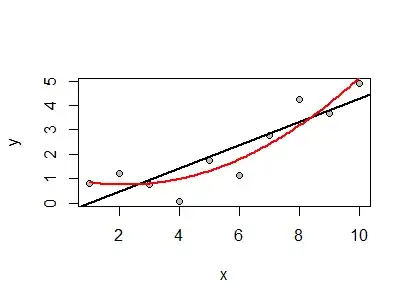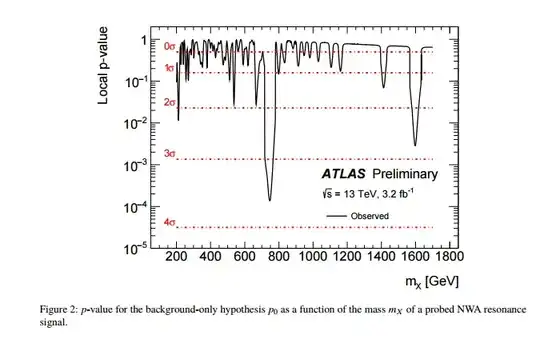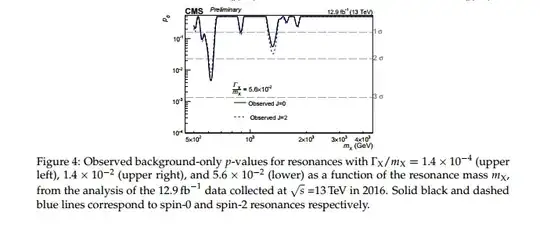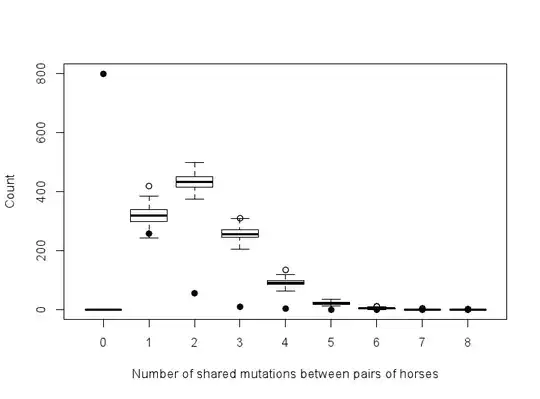I take great offense at the following two ideas:
With large samples, significance tests pounce on tiny, unimportant departures from the null hypothesis.
Almost no null hypotheses are true in the real world, so performing a significance test on them is absurd and bizarre.
It is such a strawman argument about p-values. The very foundational problem that motivated the development of statistics comes from seeing a trend and wanting to know whether what we see is by chance, or representative of a systematic trend.
With that in mind, it is true that we, as statisticians, do not typically believe that a null-hypothesis is true (i.e. $H_o: \mu_d = 0$, where $\mu_d$ is the mean difference in some measurement between two groups). However, with two sided tests, we don't know which alternative hypothesis is true! In a two sided test, we may be willing to say that we are 100% sure that $\mu_d \neq 0$ before seeing the data. But we do not know whether $\mu_d > 0$ or $\mu_d < 0$. So if we run our experiment and conclude that $\mu_d > 0$, we have rejected $\mu_d = 0$ (as Matloff might say; useless conclusion) but more importantly, we have also rejected $\mu_d < 0$ (I say; useful conclusion). As @amoeba pointed out, this also applies to one sided test that have the potential to be two sided, such as testing whether a drug has a positive effect.
It's true that this doesn't tell you the magnitude of the effect. But it does tell you the direction of the effect. So let's not put the cart before the horse; before I start drawing conclusions about the magnitude of the effect, I want to be confident I've got the direction of the effect correct!
Similarly, the argument that "p-values pounce on tiny, unimportant effects" seems quite flawed to me. If you think of a p-value as a measure of how much the data supports the direction of your conclusion, then of course you want it to pick up small effects when the sample size is large enough. To say this means they are not useful is very strange to me: are these fields of research that have suffered from p-values the same ones that have so much data they have no need to assess the reliability of their estimates? Similarly, if your issues is really that p-values "pounce on tiny effect sizes", then you can simply test the hypotheses $H_{1}:\mu_d > 1$ and $H_{2}: \mu_d < -1$ (assuming you believe 1 to be the minimal important effect size). This is done often in clinical trials.
To further illustrate this, suppose we just looked at confidence intervals and discarded p-values. What is the first thing you would check in the confidence interval? Whether the effect was strictly positive (or negative) before taking the results too seriously. As such, even without p-values, we would informally be doing hypothesis testing.
Finally, in regards to the OP/Matloff's request, "Give a convincing argument of p-values being significantly better", I think question is a little awkward. I say this because depending on your view, it automatically answers itself ("give me one concrete example where testing a hypothesis is better than not testing them"). However, a special case that I think is almost undeniable is that of RNAseq data. In this case, we are typically looking at the expression level of RNA in two different groups (i.e. diseased, controls) and trying to find genes that are differentially expressed in the two groups. In this case, the effect size itself is not even really meaningful. This is because the expression levels of different genes vary so wildly that for some genes, having 2x higher expression doesn't mean anything, while on other tightly regulated genes, 1.2x higher expression is fatal. So the actual magnitude of the effect size is actually somewhat uninteresting when first comparing the groups. But you really, really want to know if the expression of the gene changes between the groups and direction of the change! Furthermore, it's much more difficult to address the issues of multiple comparisons (for which you may be doing 20,000 of them in a single run) with confidence intervals than it is with p-values.




